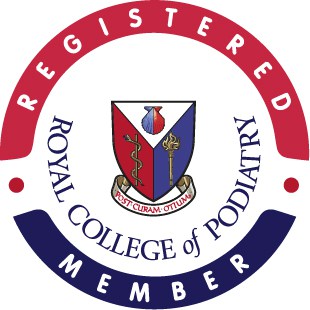Nowadays, there is so much noise about laser therapy that it’s hard to know what works and what’s part of a sci-fi tale.
Since the turn of the century, there has been an explosion in the types of laser employed in many medical disciplines to diagnose and treat certain health conditions. This trend is mainly down to laser therapy’s ability to deliver high precision, effective treatments whilst remaining minimally invasive for patients.
But what exactly is laser?
Believe it or not, Albert Einstein’s work, around 100 years ago, laid the foundation for the development of lasers. His theory on radiation and light showed that you could get a group of atoms containing a tremendous amount of energy to emit light. He called this process Light Amplification by the Stimulated Emission of Radiation — which was shortened to its acronym, laser.
Laser is, therefore, a form of electromagnetic radiation that is engineered to have very regular wavelengths. These waves travel all lined up to deliver a high intensity, focused beam of light, which is used to perform a specific function.
In the medical field, there are tons of different lasers on the market today, devised to address and treat specific conditions.
What type of lasers are used to treat Onychomycosis?
When it comes to treating foot conditions such as Onychomycosis, aka toenail fungus, laser therapy has proven to be the most effective solution to eradicate this stubborn condition to date.
There are two types of laser used to deal with fungal nail infections: hot and cold lasers.
As the word indicates, a hot laser utilises a photothermal mechanism, meaning it uses light energy to heat tissue in the body. When treating Onychomycosis, hot laser devices deliver heat through a precise beam of light aimed at the fungus. In response to the heat, the infected tissue is gasified and decomposed, destroying the fungus and the surrounding skin and nail. Although, in theory, this may sound like an efficacious approach to eradicating fungi, in practice, it’s not as straightforward as it seems. The hot laser burns the fungus and the nail indiscriminately, which can cause damage to the nail and the nail bed. As a result, your body’s immune system kicks off to repair the nail rather than focus on fighting the fungus. This can lead to the infection to keep recurring.
On the other hand, cold laser utilises photochemistry as its core mechanism. Photochemistry uses light energy to affect or alter biochemical reactions in the body without heat.
The objective of cold laser, like Lunula, is not to burn the fungus but to use different wavelengths of light to cause a biochemical reaction in your body. This reaction uses the cells in your body to produce different types of chemicals, which attack and break through the spores of the fungus, assisting your body’s immune system to beat the fungus.
How does Lunula cold laser work?
Lunula laser has been developed to target the Microcondia in the fungal cell. Microcondia are working organelles whose function is to keep cells full of energy in order to perform their functions and ultimately live.
By attacking Microcondia, the cold laser light of Lunula eliminates the fungal cell capacity to power itself with energy and survive.
Lunula laser uses two different wavelengths of light — 405nm (violet) and 635nm (red) — to attack the Mitochondria and kill the fungal cell. The laser light passes through the infected nail without causing damage to it or the surrounding skin, attacking the fungus that lives in and under the toenail.
The violet beam serves to weaken the fungal cell membrane. This is achieved by targeting the Microcondia to activate a reaction called oxidative stress. The light successfully degrades the fungal cell membrane by upregulating the production of Reactive Oxygen Species chemicals. These chemicals are then converted to Hydrogen Peroxide, a natural antiseptic, which kills off the fungus that lives in and under the nail, causing irreversible cell damage.
The red beam (at 635 nm) is used in conjunction to increase the blood flow in the area and trigger your body’s natural immune response to help destroy the infection.
Lunula delivers these two wavelengths through a patented rotating line-generated coherent beam which maximises the area that can be treated and ensures full penetration all the way through to the nail bed.
It is the combination of these two wavelengths of light that enables Lunula not only to target the fungal pathogen but also to trigger the body’s natural defences and resources to further attack and kill the onychomycosis pathogen.
Find out more about what happens during the Lunula laser treatment here.
Lunula cold laser clinical trial results demonstrate that 89% of patients respond to Lunula laser with 6.1mm of clear, healthy nail growth after six months. Lunula cold laser technology is also FDA Approved and CE Marked.
If you are affected by nail fungus and would like to find out more about how Lunula cold laser can help you get rid of this unsightly condition for good, get in touch with us here.








